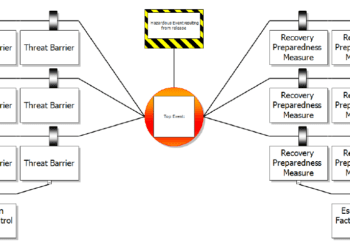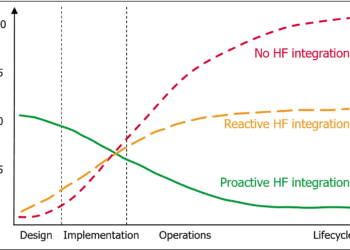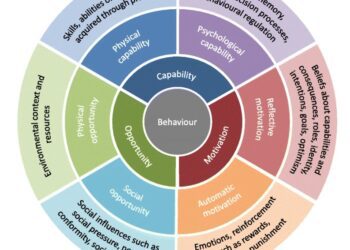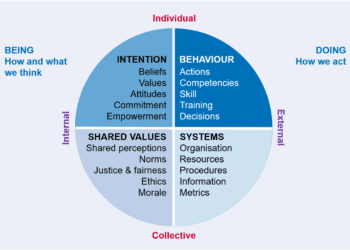Breaking down the barriers to human factors integration
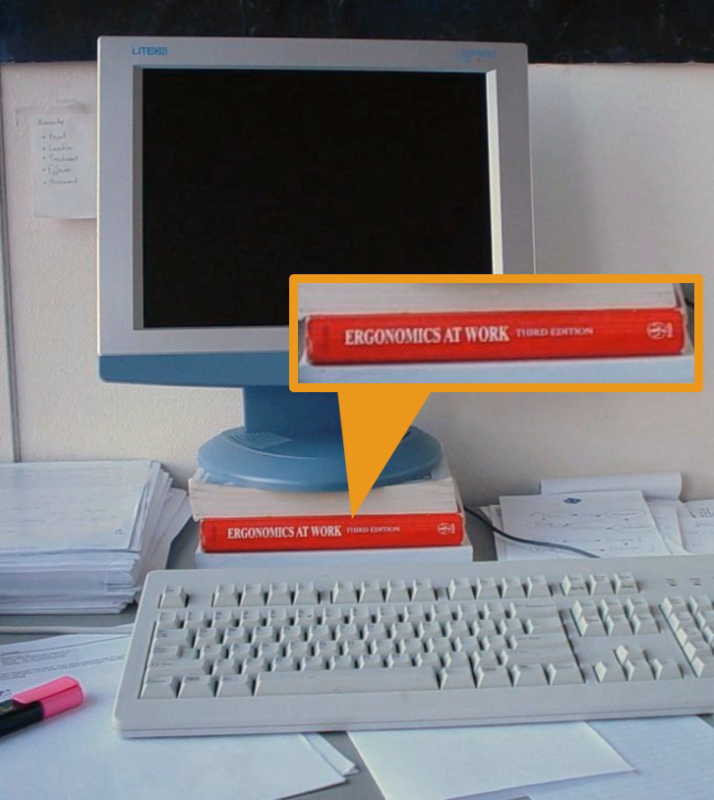
A sceptic’s view on the best application of theoretical ergonomics
Human factors (HF) has become relatively well-known as a scientific and engineering discipline that can be used to improve the safety and efficiency of systems, reducing risk and cost [Ref 1]. The list of HF tools available for use by both specialists and lay practitioners is as extensive as the discipline is broad. But how does a project or organisation know which tools to use and when? How do we ensure HF is applied in a cost-effective manner? How much HF is enough and when does it stop adding value?
These questions are answered by human factors integration (HFI), which is a managed process along the lines of project management [see Box 1 and Ref 2]. Like project management, the basics of the HFI process can be taught, but successful HFI is a skill that comes with knowledge, practical experience and innate ability.
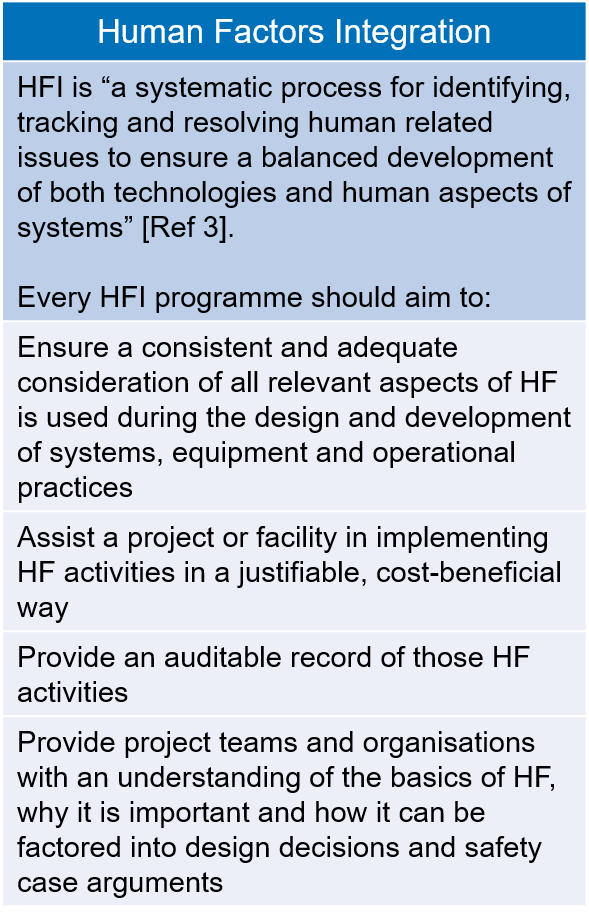
BARRIERS TO HFI SUCCESS
HFI programmes are often implemented following a set process that, despite having the word “integration” in the title, still sits apart from other project processes. As such these initiatives end up being at best, ineffective and at worst, counter-productive. Typical barriers to success include [Ref 4]:
- A lack of common understanding between project groups (HF, safety case, engineering, designers, operations) particularly relating to HF data collection and use
- Different mind-sets between project groups for solving the same problem, often expressed in different technical language
- Misalignment of HF processes with those of relevant project areas, hampering coordination
- Mismatch in scope between project disciplines, creating gaps in integration
Sometimes, HFI initiatives fail because they are too ambitious. Under the label HF “best practice”, they can cast the HF net too wide, attempting to “tick all the boxes” rather than finding a good balance between HF, cost, timescale and effective implementation. In striving (and invariably failing) to achieve perfection, ironically HF becomes part of the problem.
HF THROUGHOUT LIFE
As HF experience increases, it inevitably means that the integration of HF activities into some stages of a project or system lifecycle is better defined and more likely to be achieved than others. The HF processes within design and operations, for example, are becoming much more effective as organisations and HF specialists deliver more and more programmes that focus primarily on these stages.
HFI in the other lifecycle stages, however, is much less practised. Two clear examples are construction and decommissioning:
HF FOR CONSTRUCTION
The design has arguably the biggest single influence on constructability, which can crucially depend on human intervention. Poor HFI can affect build quality, lead to rework, programme delays and safety risks (either during build or operations). Good HFI can also minimise traditional health and safety issues (e.g. manual handling, slips, trips and falls, noise) if it is applied in organisational arrangements (e.g. management structure, safety culture, communications, supply chain management) and job design.
HF FOR DECOMMISSIONING
Shifting from the operations mode of monitoring highly-automated systems or acting as the “person-in-the-loop” of process control, to the irregular, non-routine, time-limited activities that occur during decommissioning also requires a shift in HF focus. As design solutions become less practical and more costly, the HF emphasis should be on the provision of effective preparation, training (re-skilling as well as task-specific) and pre-job “walk-throughs”, as well as optimising organisational arrangements.
CONCLUSION
HF can add great value to projects when applied in an integrated and intelligent manner throughout a system or facility lifecycle, rather than adopting a piecemeal or bolt-on approach. This requires a projectwide appreciation of HF, as well as access to seasoned HF specialists – not to spout the latest research on the forensic ergonomics of distraction errors, but to work closely with a multi-disciplinary project team to deliver key HFI benefits and add real value.
References
1. RISKworld, Issue 15, Practical Human Factors: Recognising the Human Condition
2. RISKworld, Issue 14, Integrating Human Factors in Safety Management
3. DEF STAN 00-250 Part 0: Human Factors Integration, UK MoD, May 2008.
4. Bird (2008), Integration is more than a human factors issue, Proceedings of the 2008 UK Ergonomics Society Annual Conference (April 2008, Nottingham, UK).
This article first appeared in RISKworld Issue 17.

